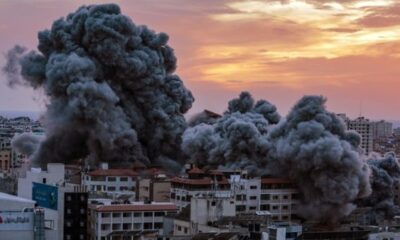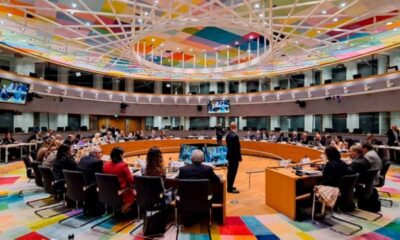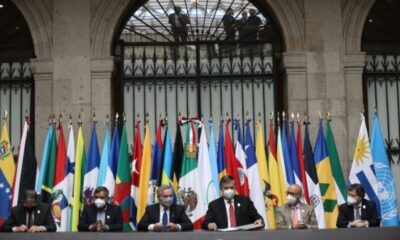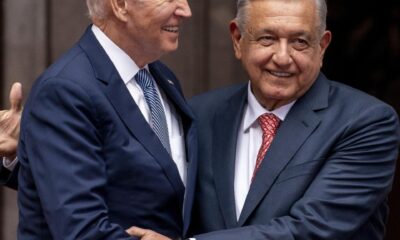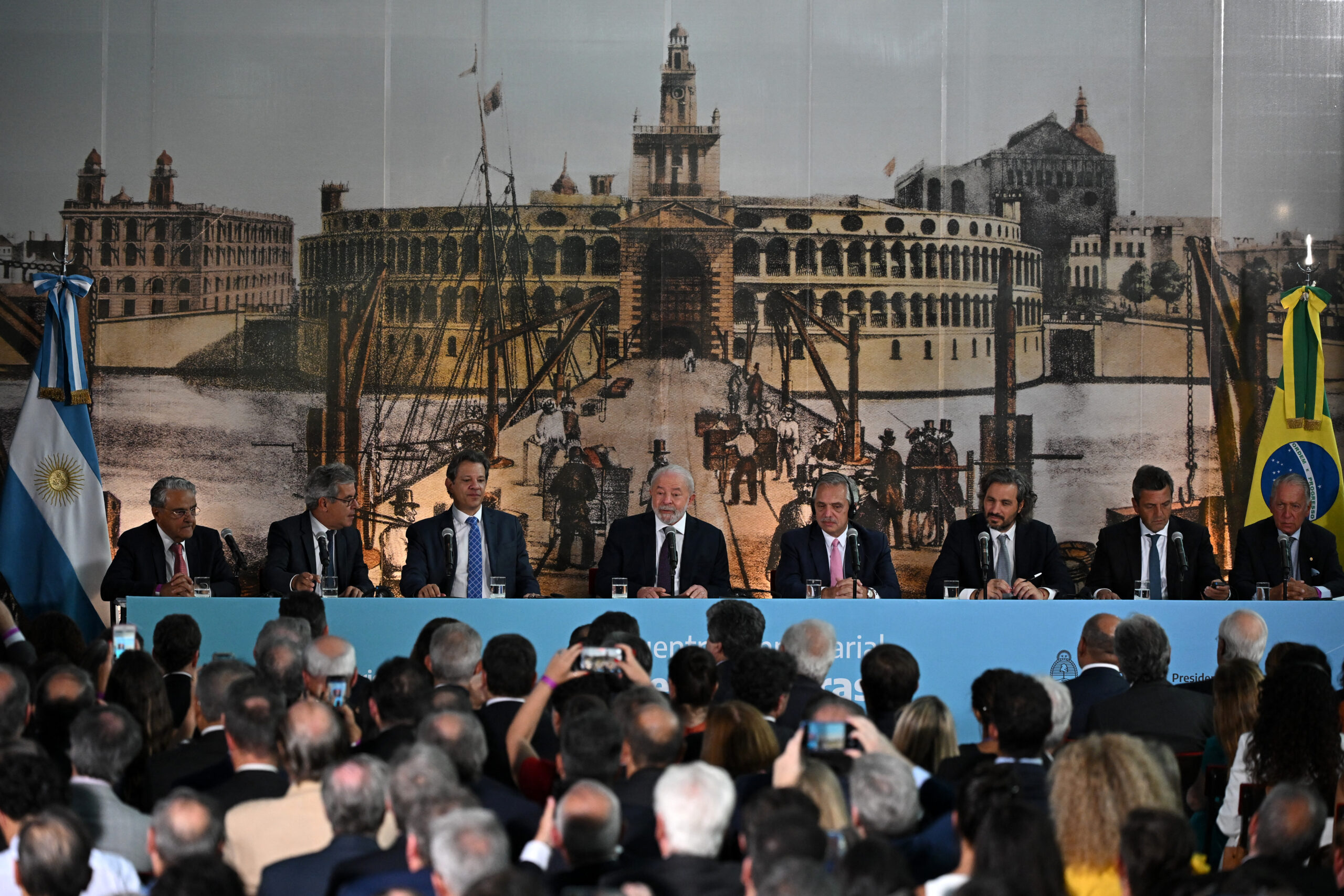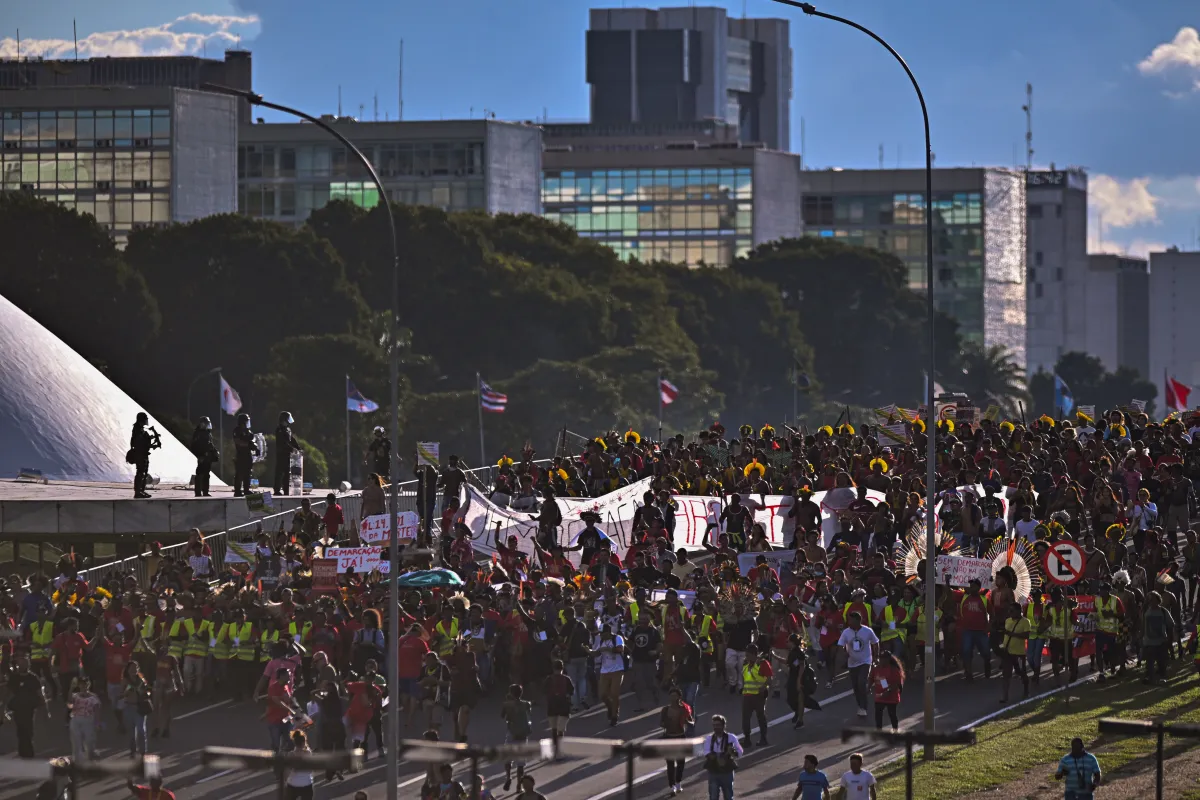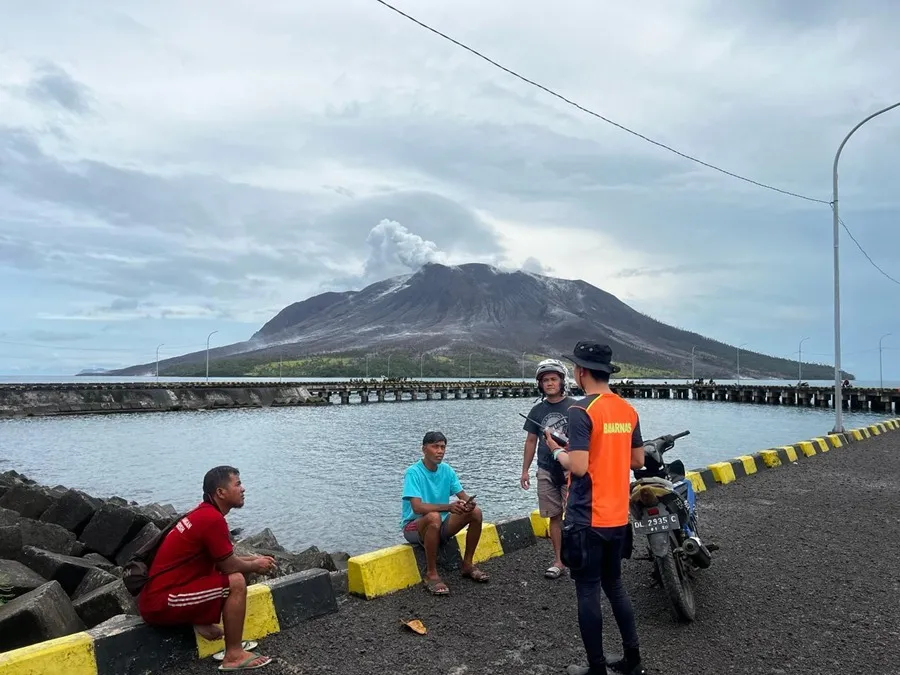Internacionales
Agreement to promote regional development to address migration
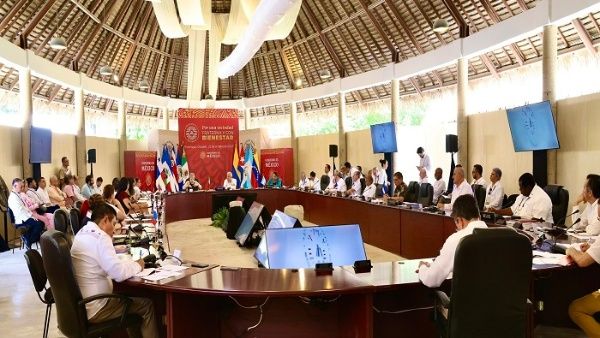
Internacionales
Milei says it would be “wonderful” to confront Cristina Fernández electorally
Internacionales
The indigenous people demand from Lula more speed for the demarcation of their lands
Internacionales
Indonesia warns of a potential tsunami following the eruptions of the Ruang volcano
-

 International2 days ago
International2 days agoSocial media star Om Fahad fatally shot in Baghdad
-
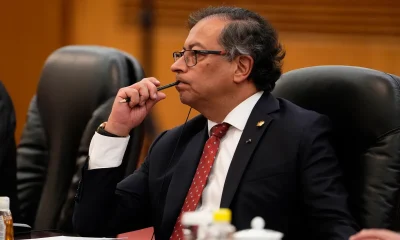
 International4 days ago
International4 days ago“War is war,” Petro tells the Central General Staff after the death of 15 dissidents
-
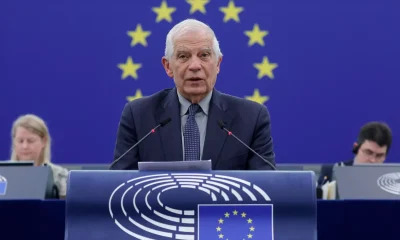
 International1 day ago
International1 day agoBorrell: the EU will support Ukraine until Putin decides to stop the war
-
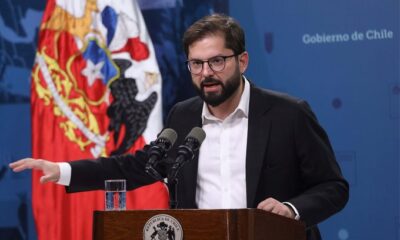
 International2 days ago
International2 days agoPresident Boric announces curfew following triple police homicide in Chile
-

 International2 days ago
International2 days agoDonald Trump agrees to Joe Biden’s debate challenge, proposes White House Venue
-

 International1 day ago
International1 day agoNancy Pelosi says that Netanyahu “could not have made things worse” in Gaza
-
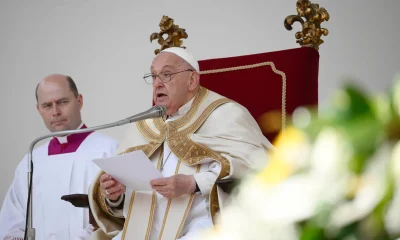
 International1 day ago
International1 day agoThe pope encourages the Presidential Council of Haiti to work for peace and stabilit
-
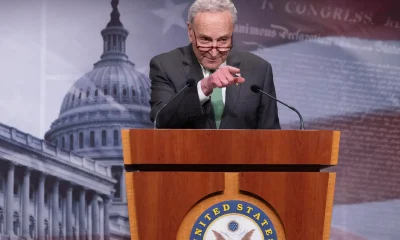
 International5 days ago
International5 days agoThe U.S. Senate approves a military aid package for Ukraine, Israel and Taiwan
-
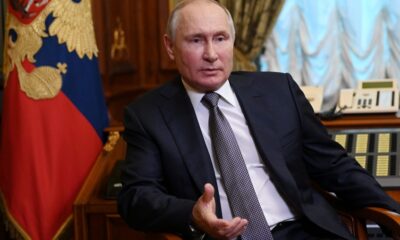
 International2 days ago
International2 days agoU.S. Intelligence reports Putin likely didn’t order Navalny’s killing
-

 Internacionales1 day ago
Internacionales1 day agoMilei says it would be “wonderful” to confront Cristina Fernández electorally
-
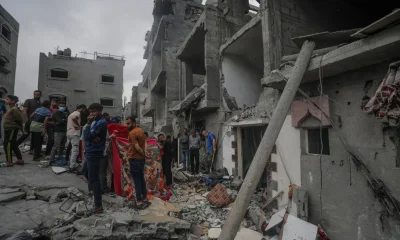
 International1 day ago
International1 day agoHamas warns the United Kingdom that if it sends soldiers to Gaza they will be a “legitimate” military target
-

 International2 days ago
International2 days agoPresident López Obrador meets with Astros and Rockies ahead of Mexico City Series
-
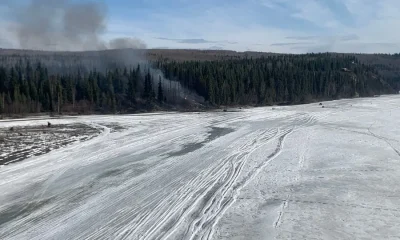
 International5 days ago
International5 days agoA plane with two people on board crashes in Alaska
-
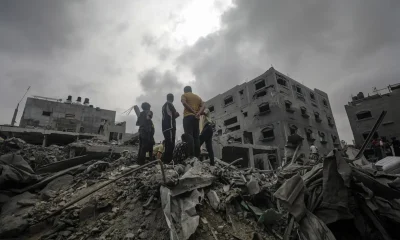
 International1 day ago
International1 day agoThe new truce plan in Gaza includes “many demands” from Hamas, according to an Egyptian source
-
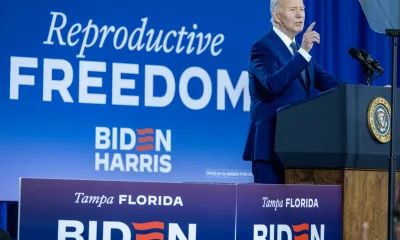
 International5 days ago
International5 days agoBiden believes that Florida voters will vote in favor of protecting access to abortion
-
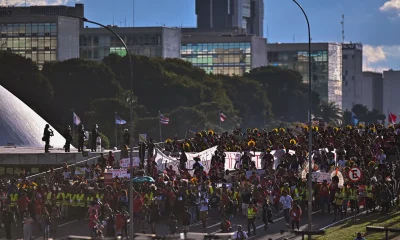
 Internacionales4 days ago
Internacionales4 days agoThe indigenous people demand from Lula more speed for the demarcation of their lands
-

 International5 days ago
International5 days agoA U.S. media manager says he favored Trump to help him in his 2016 campaign
-

 International4 days ago
International4 days agoKey witness involves Trump in efforts not to be harmed in the elections
-
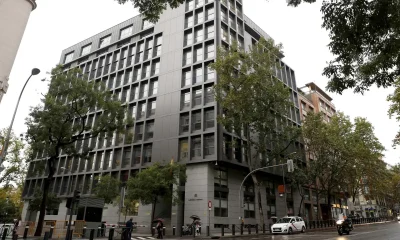
 International5 days ago
International5 days agoThe Court urges the judge to continue proceeding in the case of Obiang’s son
-
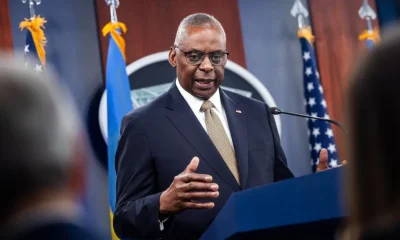
 International3 days ago
International3 days agoThe US unblocks $6 billion in aid to Ukraine for Patriot missiles and drones
-
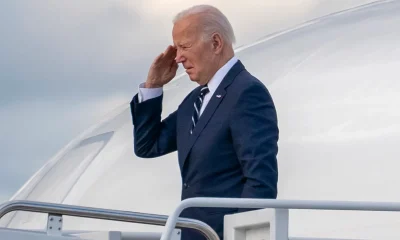
 International4 days ago
International4 days agoThe US sanctions 16 companies and 8 people linked to the Iranian drone program
-
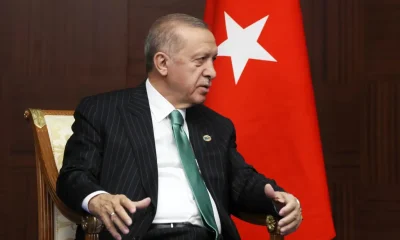
 International3 days ago
International3 days agoTurkey’s president calls Netanyahu the “butcher of Gaza”
-
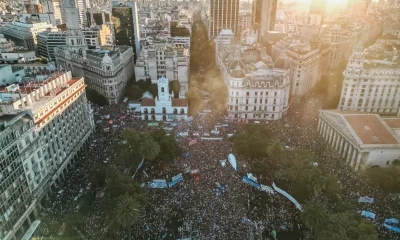
 International5 days ago
International5 days agoArgentine society defends its sensitive fiber before the Government: public education
-
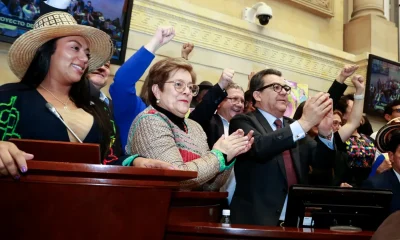
 International5 days ago
International5 days agoThe Colombian Senate approves the pension reform of the Petro Government
-
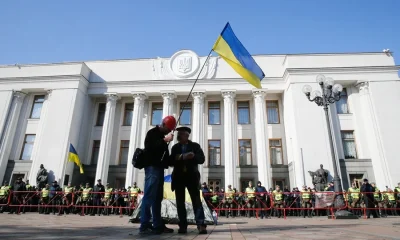
 International3 days ago
International3 days agoA court orders the arrest of the Ukrainian Minister of Agriculture accused of corruption
-
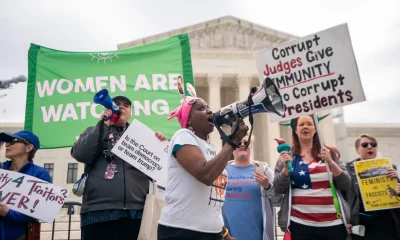
 International4 days ago
International4 days agoThe Supreme Court is skeptical of Trump’s immunity but could lengthen the litigation
-
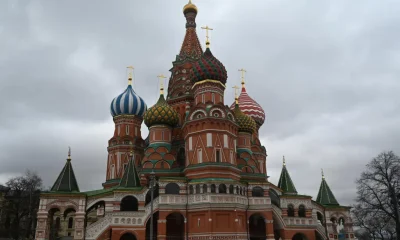
 International3 days ago
International3 days agoRussia prepared a strategy to support the German far-right, according to Der Spiegel
-
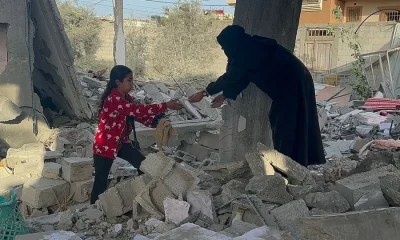
 International3 days ago
International3 days agoIsraeli bombings in the north and south of Gaza cause fifty deaths
-

 International4 days ago
International4 days agoAznar and Quiroga defend Israel’s “peace” and “surness” in a world congress in Argentina
-
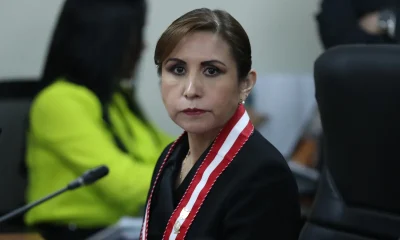
 International5 days ago
International5 days agoThe Prosecutor’s Office asks to prevent Peru’s departure from the suspended attorney general Patricia Benavides
-
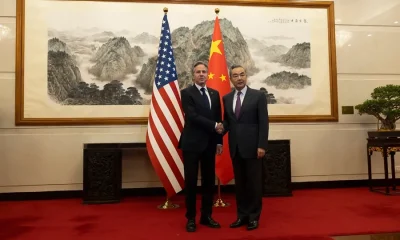
 International3 days ago
International3 days agoBlinken asks China not to “help” Russia with the supply of Defense components
-
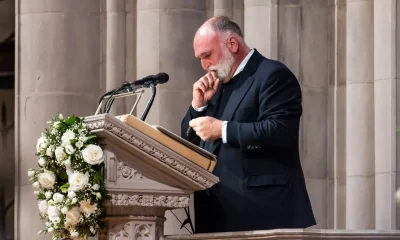
 International4 days ago
International4 days agoJosé Andrés demands from the pulpit an independent investigation of the Israeli attack
-
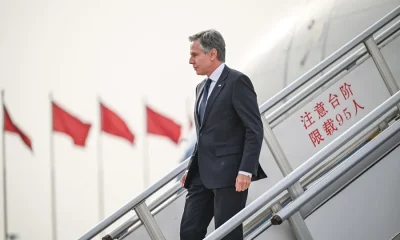
 International3 days ago
International3 days agoThe Chinese president tells the United States that he has to be “faithful” to his word to solve the “problems to be solved”
-
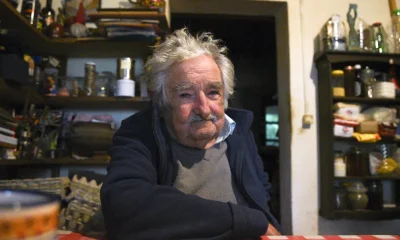
 International4 days ago
International4 days agoJosé Mujica maintains that Milei is “very impulsive” and does not doubt that Brazil “will be a power”
-
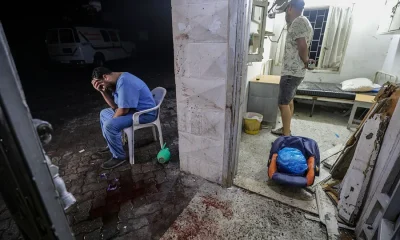
 International5 days ago
International5 days agoAmnesty International warns that the world is on the verge of the collapse of international law
-
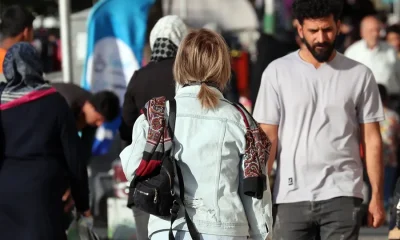
 International3 days ago
International3 days agoThe UN denounces widespread arrests of young Iranians in the new campaign to impose the veil
-
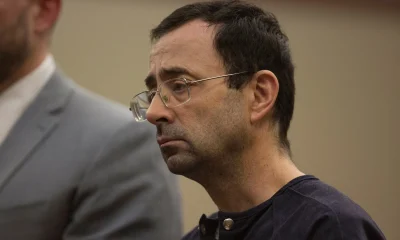
 International5 days ago
International5 days agoThe United States will compensate the victims of former doctor Larry Nassar with 138.7 million dollars
-
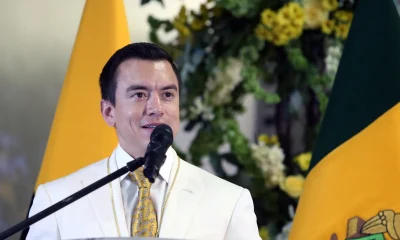
 International5 days ago
International5 days agoNoboa proclaims victory in the referendum and assures that Ecuador said “‘Yes’ to the future”
-
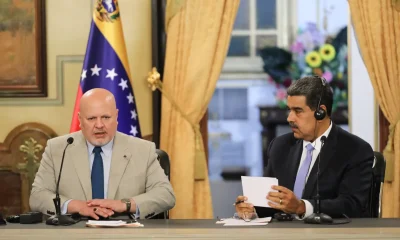
 International5 days ago
International5 days agoMaduro invites to return to the UN office for human rights, expelled from Venezuela in February
-
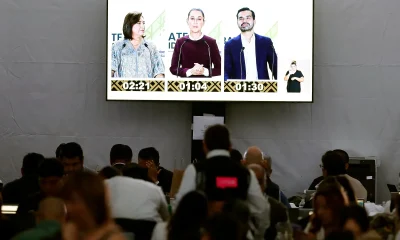
 International1 hour ago
International1 hour agoThe economic data that defined Mexico’s second presidential debate

















